-
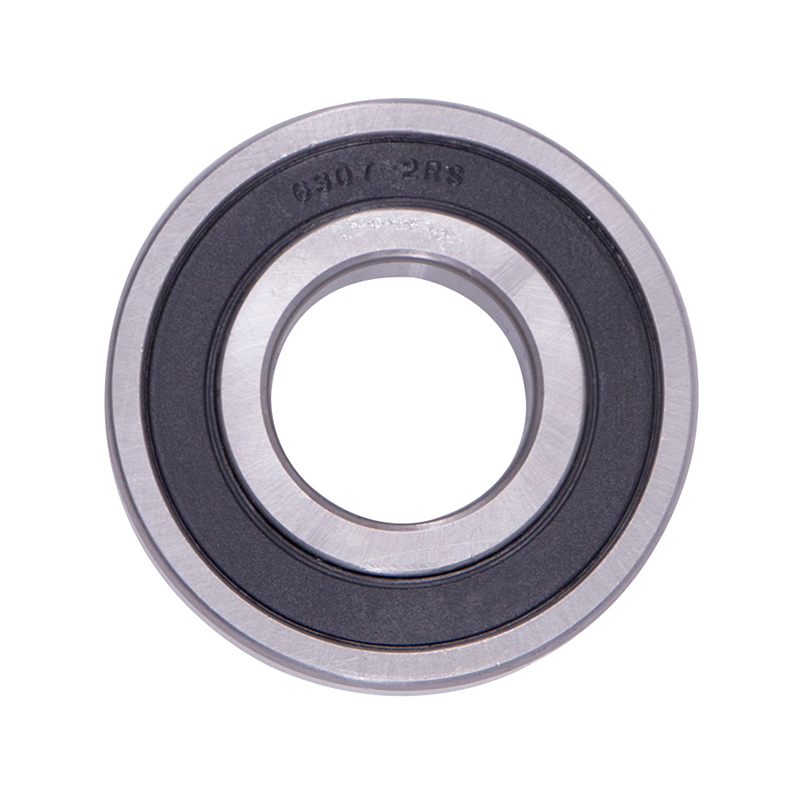 Wheel Hub Bearings
Wheel Hub Bearings -
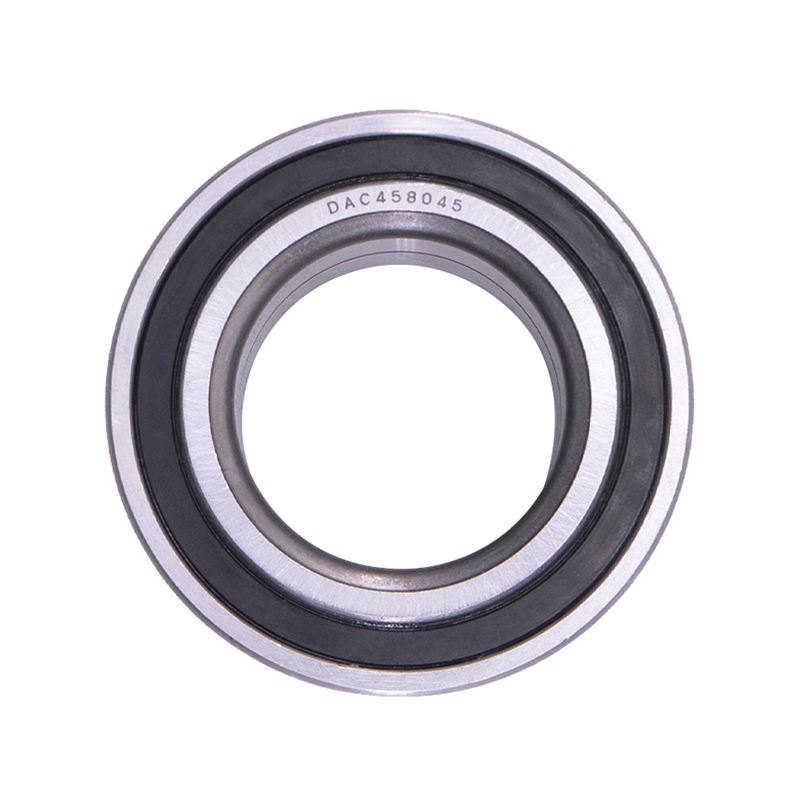 Wheel Hub Bearings
Wheel Hub BearingsDAC387436 DAC458045 Hub Deep Groove Ball Car Wheel Bearing
-
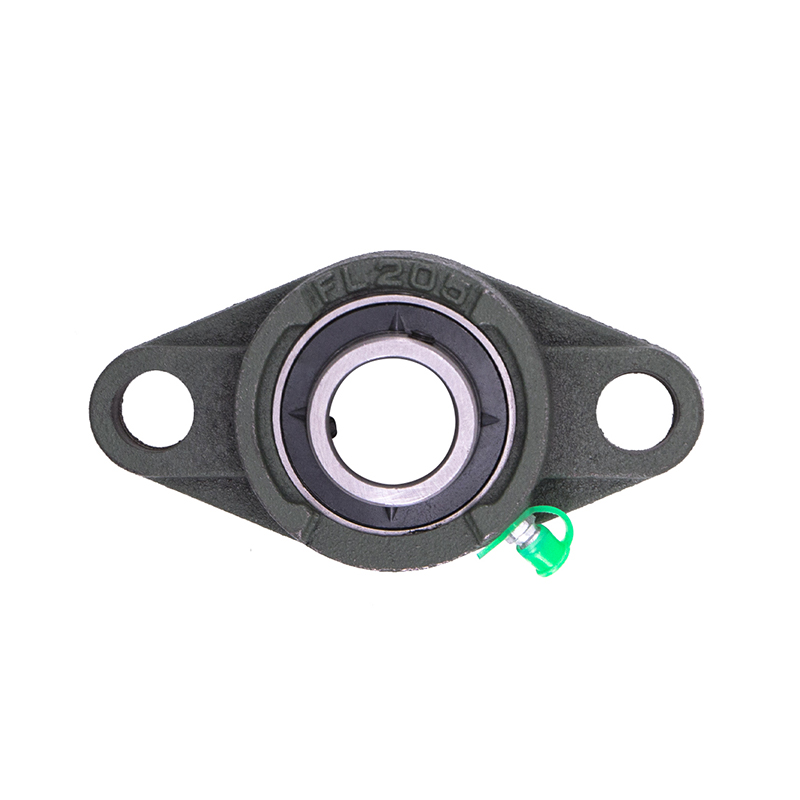 Spherical Bearings
Spherical BearingsFL204 FL205 FL206 Stainless Steel Pillow Block Bearing
-
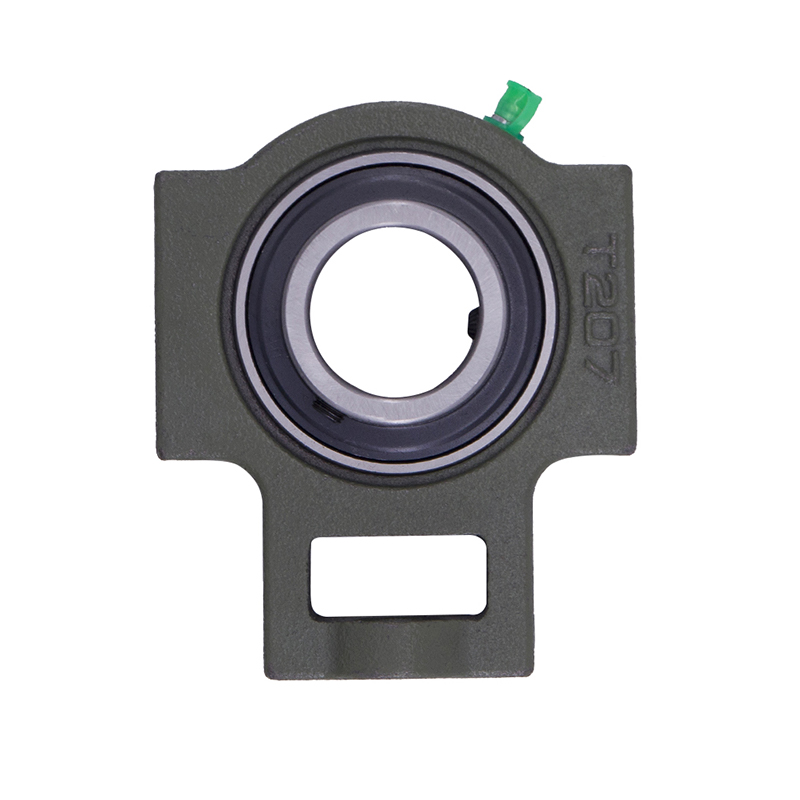 Spherical Bearings
Spherical BearingsT204 T207 UC204 High Speed Insert Pillow Block Bearing
-
 Spherical Bearings
Spherical BearingsFC204 F210 Auto Wheels Bike Pillow Block Bearing
-
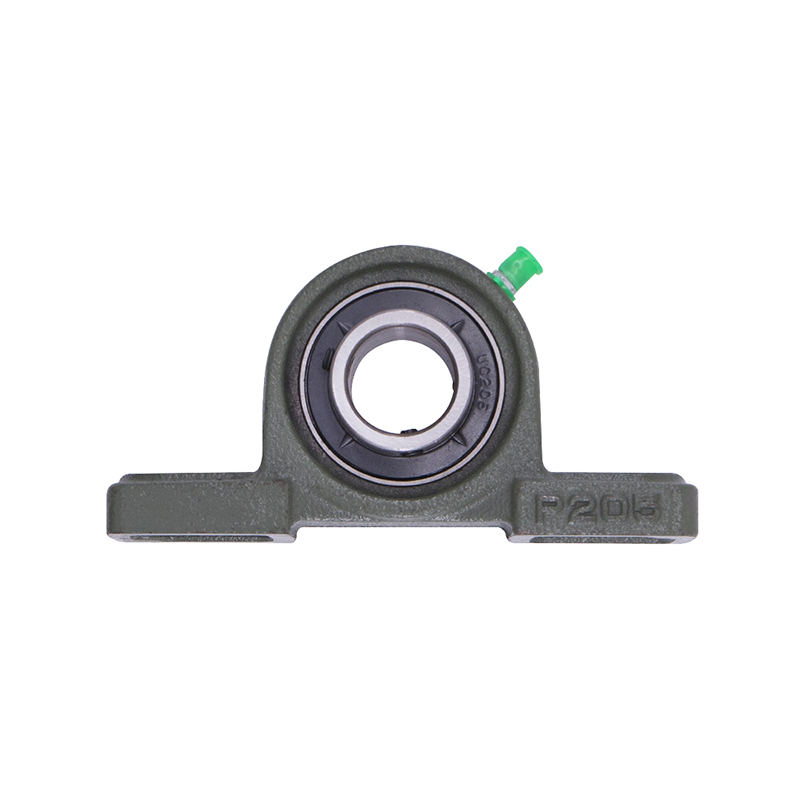 Spherical Bearings
Spherical BearingsP207 206 205 203 High Precision Wheel Pillow Block Bearing
-
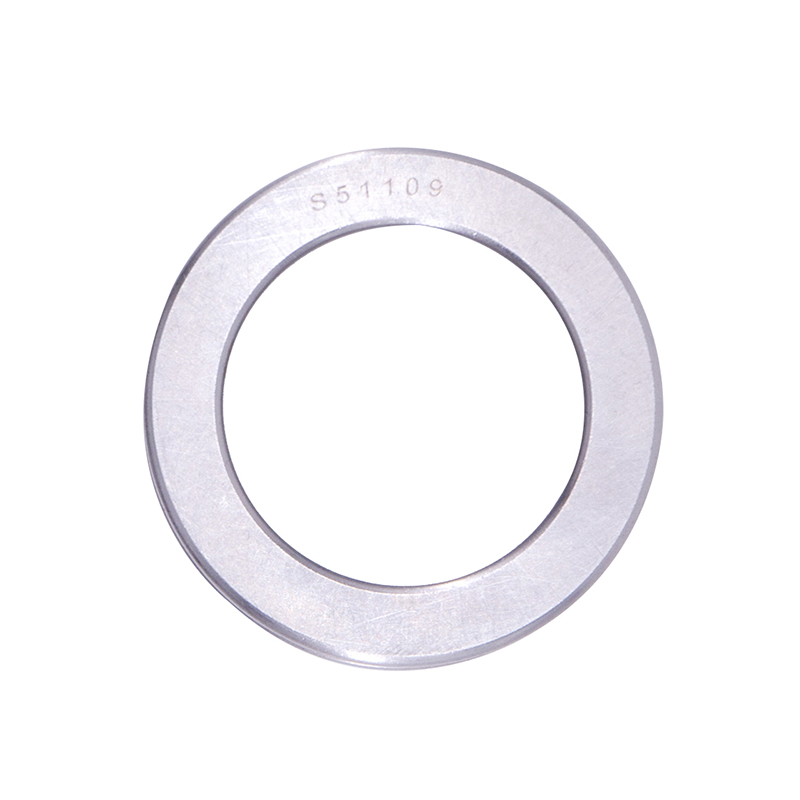 Thrust Roller Bearings
Thrust Roller BearingsS51100 S51107 S51109 Car Wheel Plain Thrust Ball Bearing
-
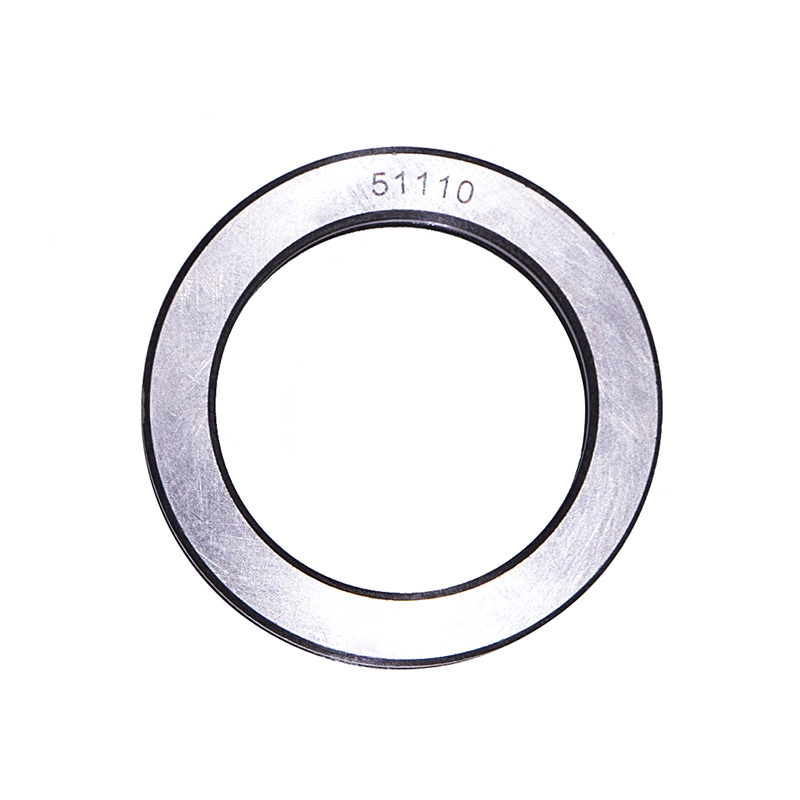 Thrust Roller Bearings
Thrust Roller Bearings51110 51107 51104 51206 High Speed Plain Thrust Ball Bearing
What are the Types and Materials of Motorcycle Bearings?
Industry news-Motorcycle bearings are essential components that enable the smooth operation of various moving parts in a motorcycle. They reduce friction between moving components and support radial and axial loads, contributing to the overall performance and longevity of the motorcycle. Understanding the different types and materials of motorcycle bearings is crucial for maintenance, repair, and the selection of replacement parts.
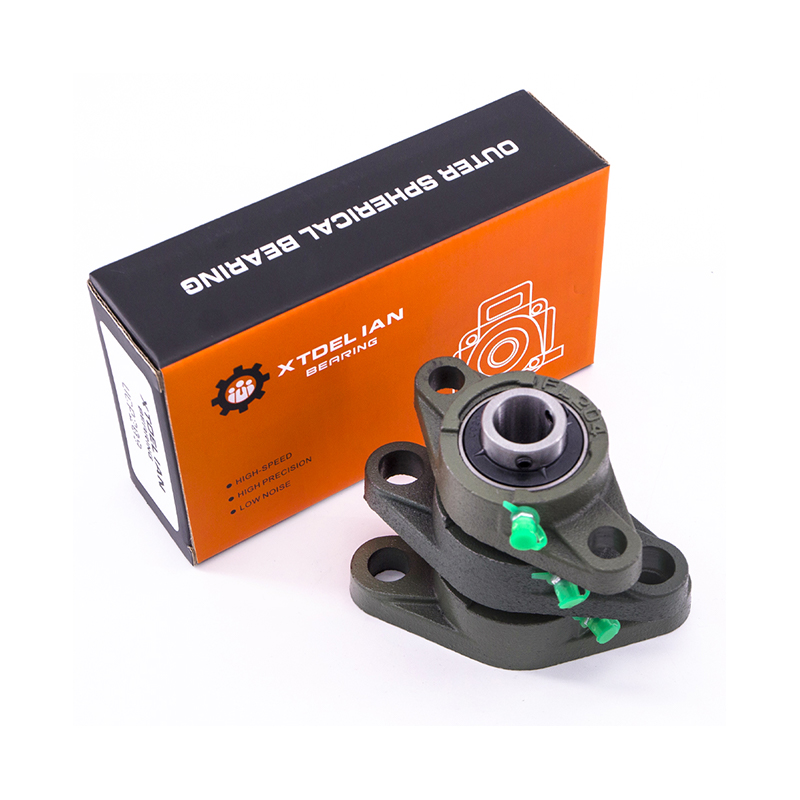
Types of Motorcycle Bearings:
1. Ball Bearings:
Ball bearings are the common type of bearing used in motorcycles. They consist of a series of small, hard balls that roll between the inner and outer races, reducing friction and allowing for smooth rotation. Motorcycle ball bearings can be found in various applications, such as wheel hubs, transmission shafts, and engine components. They are known for their high speed capabilities and load-carrying capacity.
2. Roller Bearings:
Roller bearings are designed to handle higher loads than ball bearings. They use cylindrical or tapered rollers instead of balls, which allows for better load distribution and increased durability under heavy loads. Motorcycle roller bearings are often used in drivetrain components and suspension systems where higher loads and impact forces are common.
3. Needle Bearings:
Needle bearings are a type of roller bearing that uses thin, elongated rollers. They are compact and can accommodate higher loads due to their design. In motorcycles, needle bearings are often found in the transmission and steering head, where space is limited but load capacity is critical.
4. Spherical Roller Bearings:
Spherical roller bearings combine the benefits of both ball and roller bearings. They have a spherical outer ring raceway that allows for self-alignment, making them ideal for applications with misalignment or where angular contact is present. These bearings are used in motorcycle swing arms and other components that require high load capacity and self-aligning capabilities.
Materials of Motorcycle Bearings:
1. Steel:
Steel is the common material used for motorcycle bearings due to its strength, durability, and affordability. Chrome steel is a popular choice for its resistance to wear and ability to maintain dimensional stability under high loads. Steel bearings are suitable for a wide range of applications and are often used in high-performance motorcycles where reliability is paramount.
2. Ceramics:
Ceramic bearings, often made from materials like silicon nitride, offer several advantages over steel bearings. They are lighter, have better heat resistance, and can operate with less friction, which can increased efficiency and performance. However, ceramic bearings are more expensive and can be more brittle, making them suitable for specific applications where their benefits outweigh the drawbacks.
3. Aluminum:
Aluminum bearings are lightweight and have good heat dissipation properties. They are often used in applications where weight reduction is a priority, such as in racing motorcycles. Aluminum bearings can also be anodized to provide additional corrosion resistance, making them suitable for use in harsh environments.
4. Plastics:
Plastic bearings, such as those made from polytetrafluoroethylene (PTFE) or nylon, are used in certain applications where noise reduction and low friction are important. They are not as durable as metal bearings and are typically used in less critical areas of a motorcycle where they can provide benefits in terms of noise and vibration reduction.
Significance in Motorcycle Performance:
Motorcycle bearings play a crucial role in the overall performance of a motorcycle. They ensure that components operate smoothly and efficiently, reducing wear and tear and extending the life of the motorcycle. The choice of bearing type and material can affect the motorcycle's handling, power delivery, and ride comfort. For instance, high-quality bearings can improve acceleration and top speed by reducing rotational inertia and friction.
Maintenance and Replacement:
Regular maintenance of motorcycle bearings is essential to ensure ideal performance and prevent premature failure. This includes regular inspection, cleaning, and lubrication. When it comes to replacement, understanding the types and materials of motorcycle bearings is crucial for selecting the right part. Factors such as load capacity, speed, temperature, and environmental conditions should be considered when choosing a bearing for a specific application.

 English
English русский
русский Español
Español
